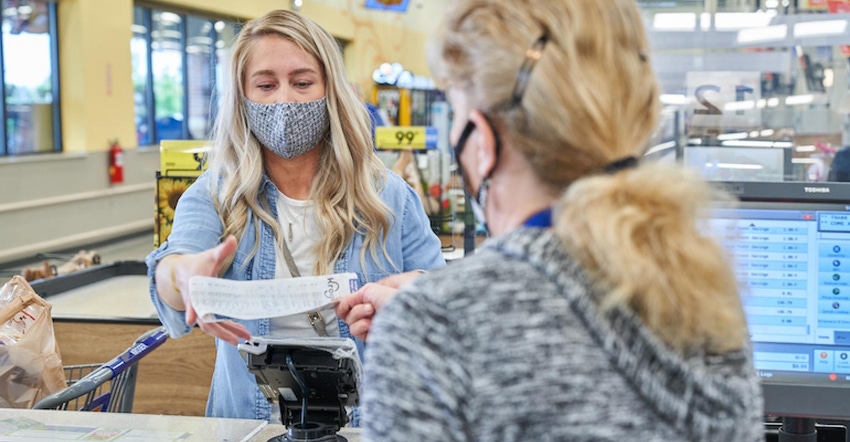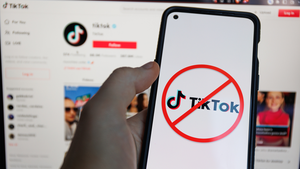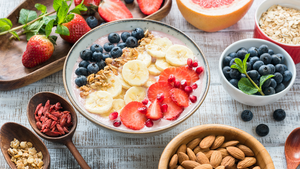Survey: COVID-19 continues to influence consumer spending
While consumer sentiment remains in recovery mode from the global health and financial crisis that started in 2020, IRI's Consumer Connect survey results find that consumers’ self-reporting of their financial health in Q1 2021 is on par with pre-pandemic Q1 2020 levels. However, there appears to be a delta between consumer sentiment and actual consumer shopping patterns.

Despite a positive outlook, consumer habits formed during the pandemic may be here to stay, with consumers reporting they still prefer to shop at fewer stores and are less inclined to clip coupons due to the risk of hand-to-hand contact. However, apprehension about clipping coupons has not lessened consumers' desire for a deal, with a majority of respondents reporting habits such as trying new, lower-priced brands or buying store-brand products to save money.
“In 2020, we saw an economic slowdown and unprecedented shifts in consumer behavior, but there are opportunities for nimble and creative CPG retailers and manufacturers to drive loyalty in 2021,” said Joan Driggs, vice president of content and thought leadership, IRI. “Our Q1 2021 Consumer Connect survey focuses on loyalty programs, and we found that retailers and manufacturers that embrace and enhance loyalty programs as well as continue giving consumers multiple options for making purchases, such as online ordering or click-and-collect, can improve their chances of capturing consumers' attention and allegiance.”
What drives shopper loyalty?
Results from the survey reveal drug and grocery channels lead the pack in loyalty and reward adoption when segmented by income level or generation. By income, high-income households are the most likely to hold reward memberships across most channels except for convenience and dollar stores, both of which saw more low-income household subscriptions.
Results by generation fluctuate between channels, with Generation X (79%) most likely to subscribe to drug loyalty programs, Generation Z (80%) most likely to subscribe to grocery loyalty programs and millennials (68%) most likely to subscribe to an online loyalty program with an annual fee. Across most channels, seniors and baby boomers were less likely to subscribe to a loyalty program.
Overwhelmingly, when asked their reason for obtaining a shopper loyalty card or reward membership, 74% of respondents cited free sign-up as the driving factor. Other reasons given for signing up for a shopper loyalty card or rewards membership included discounts for gas (56%), the ability to spend points (55%) and cash rewards (39%). Consumers were less moved by offerings such as access to new products (13%) or a mobile checkout capability (12%).
Benefits influence membership status, and membership status influences which stores consumers choose
When deciding where to shop, 51% of respondents cited shopper loyalty programs as somewhat influential, followed by 22% who said it was extremely influential. Personalization also is a key to consumer loyalty, with 85% of respondents wanting to select their own benefits and rewards and more than 70% wanting to personalize the way they earn based on their purchases or preferences.
Elements of a successful loyalty program
From easy, intuitive sign-up to delivering tangible value, loyalty programs have the potential to fulfill their mission of creating and maintaining loyalty. Successful programs remain dynamic, increasing personalization while ensuring the safety and integrity of members’ personal information. Brand partners should be aligned with the program ecosystem, working together to drive more value for members as well as continually elevate the appeal of the program.
About the Author(s)
You May Also Like






